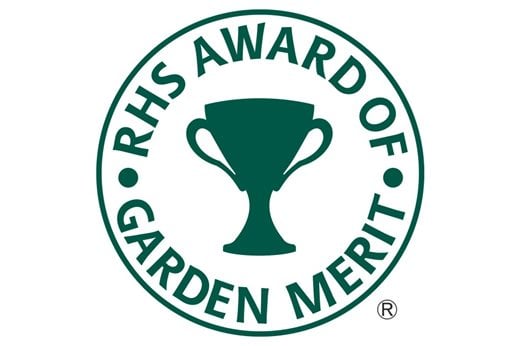RHS Wisley botanist Saskia Harris shares her trick for saving imperfect bean seeds that don’t quite make the cut for the kitchen, for money-saving sowing the following year

 In an ad hoc way and with some success, I save some of my seed each year, particularly beans and peas, to grow the following year. I leave the last few pods on the plants after harvesting and wait for them to dry out in late summer. These may be ones I left too long before picking and they passed the point of good eating, or they might have been damaged, such as by slugs or heavy blackfly.
In an ad hoc way and with some success, I save some of my seed each year, particularly beans and peas, to grow the following year. I leave the last few pods on the plants after harvesting and wait for them to dry out in late summer. These may be ones I left too long before picking and they passed the point of good eating, or they might have been damaged, such as by slugs or heavy blackfly.
 For all beans, including broad beans, it’s a small matter to strip these last pods, which are black by now, and pop the seeds into a dry paper bag or envelope with a label and year (it’s so easy to lose track!). I might also seal it in a ziplock bag and store it in a tin or lidded tub in a cool dry place.
For all beans, including broad beans, it’s a small matter to strip these last pods, which are black by now, and pop the seeds into a dry paper bag or envelope with a label and year (it’s so easy to lose track!). I might also seal it in a ziplock bag and store it in a tin or lidded tub in a cool dry place.
Occasionally, broad bean seed weevils have laid eggs in my beans already, so are stored in my bag too. They hatch and the grubs eat their way out, leaving an exit hole. But this doesn’t necessarily make the beans useless. The holes tend to leave the embryo inside intact, so the seeds are still viable.
 Sometimes, if I have time, I pop some seeds in a large pot before Christmas. But usually, it is early the following year when I realise that I need to get my beans planted. I find my saved seed and hunt out the fattest and least holey beans. If the seed is not munched hollow and is a good fat one, I will still plant it. Perhaps surprisingly, the seed will usually still germinate and go on to crop perfectly well.
Sometimes, if I have time, I pop some seeds in a large pot before Christmas. But usually, it is early the following year when I realise that I need to get my beans planted. I find my saved seed and hunt out the fattest and least holey beans. If the seed is not munched hollow and is a good fat one, I will still plant it. Perhaps surprisingly, the seed will usually still germinate and go on to crop perfectly well.
These beans won’t be a named variety any more, and in any case, even when I do buy fresh, named seed, by the end of the year I seldom remember which variety was planted or where! I do notice though, that there are taller and shorter plants and some have larger or smaller pods, so – in theory at least – keeping same-sized seed together might be a good idea for ease of crop management.
 Traditionally, broad beans are sown late in the year – November according to Adam the Gardener – in order for plants to harden off before blackfly and aphid populations rise dramatically. To remain healthy through the winter, plants need free-draining soil and protection from wet and cold weather. Lia Leendertz’s well known almanac suggests sowing direct or in pots as early as October, but also into the ground, if not frozen, in January and February (with coverings).
Traditionally, broad beans are sown late in the year – November according to Adam the Gardener – in order for plants to harden off before blackfly and aphid populations rise dramatically. To remain healthy through the winter, plants need free-draining soil and protection from wet and cold weather. Lia Leendertz’s well known almanac suggests sowing direct or in pots as early as October, but also into the ground, if not frozen, in January and February (with coverings).
As I mentioned, I’m lucky if I get any of my seeds into pots before Christmas, but I know from personal experience that it is still possible to harvest a crop from plants direct-sown as late as the second half of April. I may try companion planting with summer savory this year, to keep the aphids away.
 You may also be interested in...
You may also be interested in...
Pick of the crop
 Look for the RHS Award of Garden Merit (AGM) when buying vegetable seed or small plants. You can also download the RHS lists of recommended cultivars.
Look for the RHS Award of Garden Merit (AGM) when buying vegetable seed or small plants. You can also download the RHS lists of recommended cultivars.
About the author – Saskia Harris
Saskia is a botanist working in the Herbarium at RHS Wisley, where she identifies plants for members. Saskia has an onsite allotment at Wisley and loves to share pumpkins and bunches of flowers. Her farm heritage is from South Africa, so she is learning UK vegetable-growing anew with a different set of challenges. No porcupines, baboon or kudu crop raiders here! However, it was also a water-challenged area, which definitely helps for growing in Surrey.

